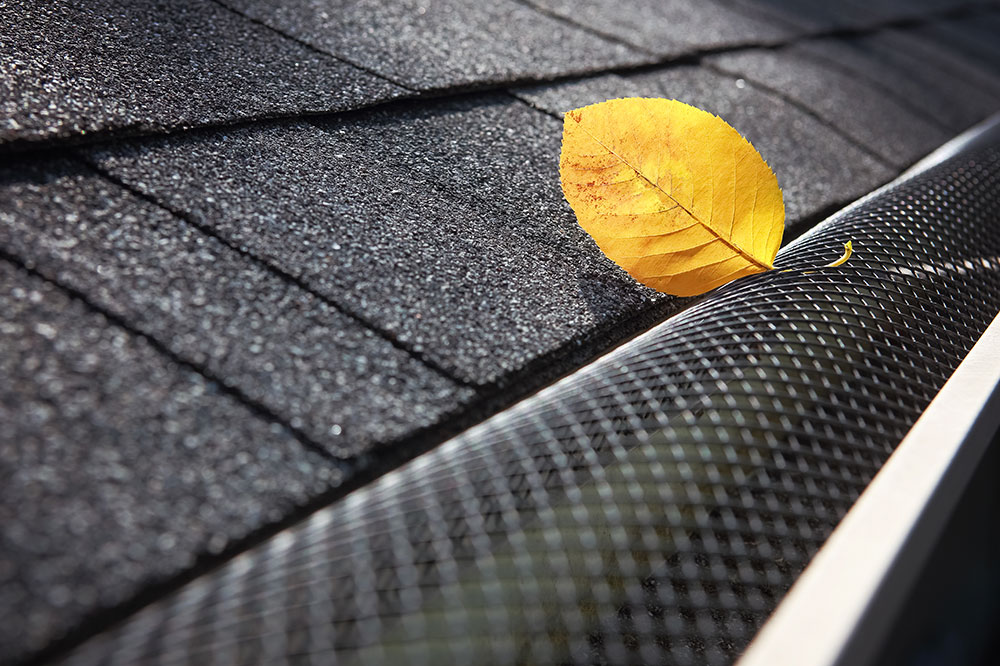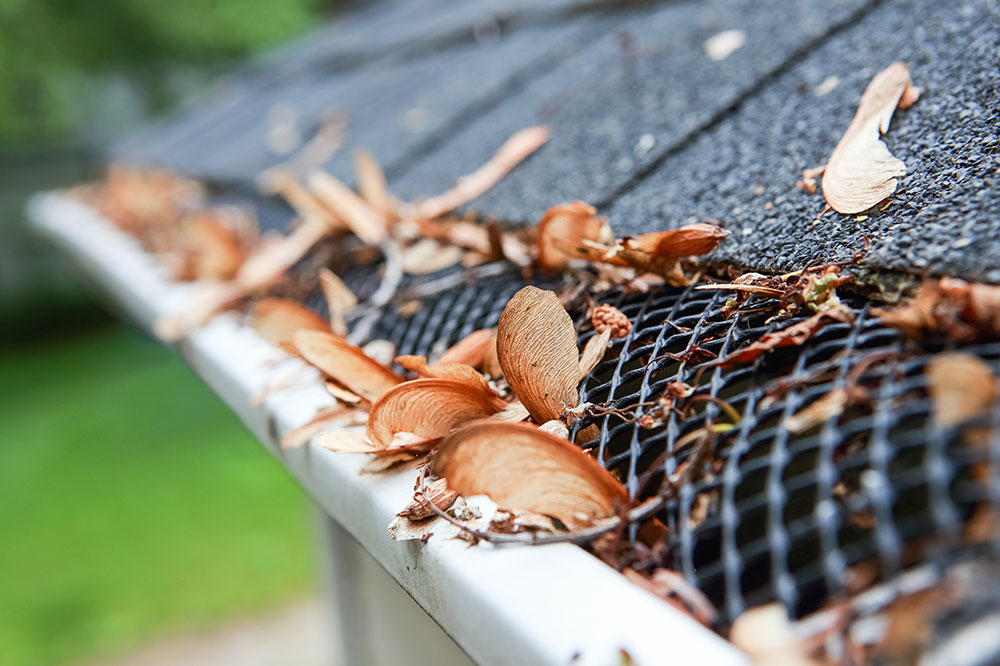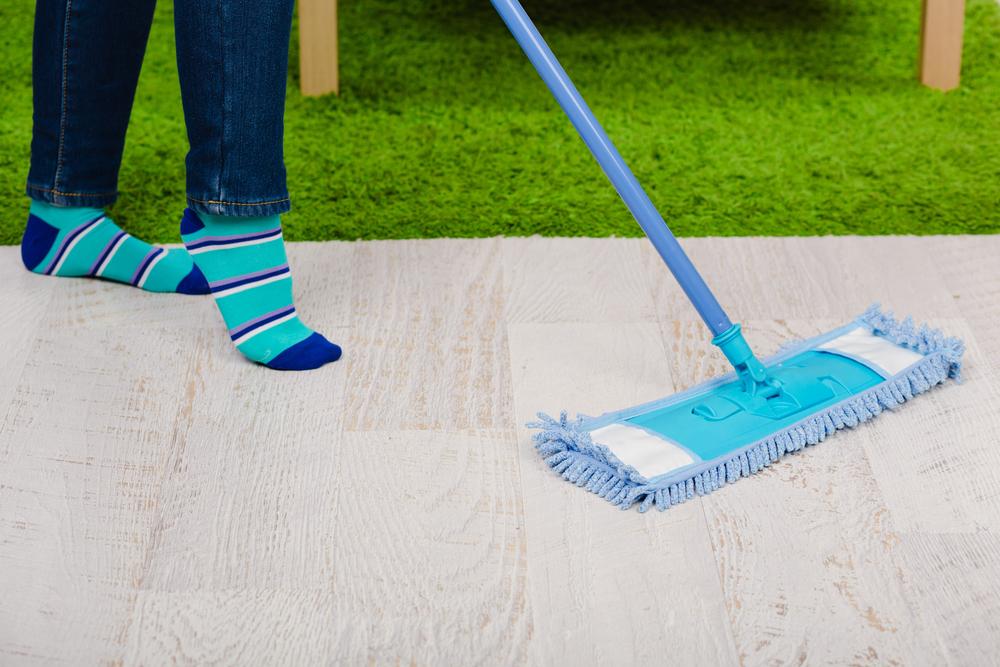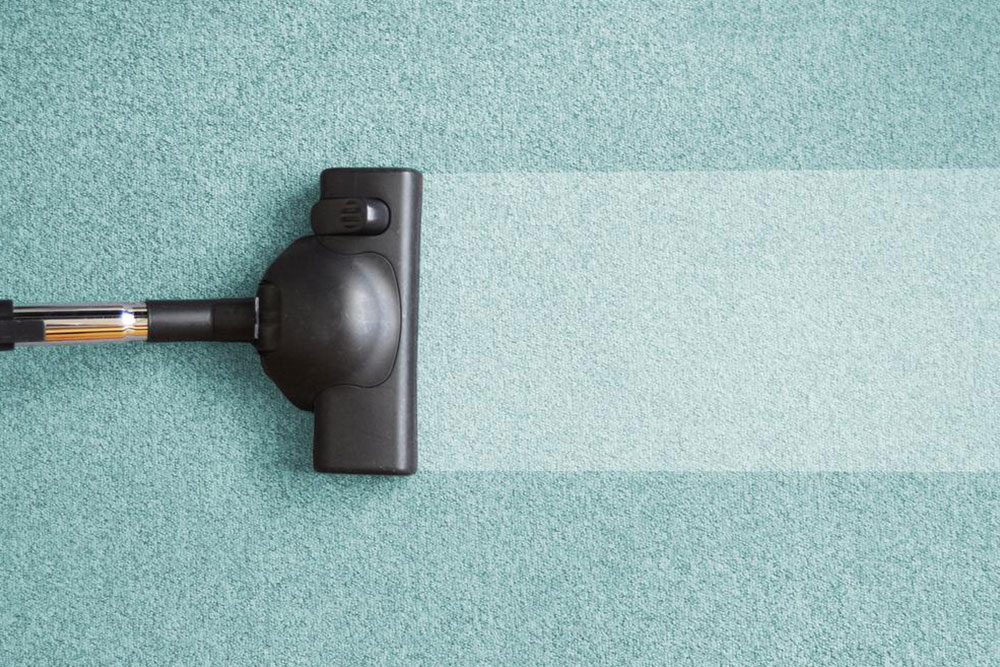Comprehensive Guide to the Top 5 Gutter Guard Options and Their Effectiveness
This comprehensive guide explores the top 5 gutter guard options, detailing their mechanisms, advantages, and disadvantages. Discover how these systems prevent debris clogging, reduce maintenance, and protect your home from water damage. Whether you prefer reverse curve guards or mesh screens, understanding the features of each can help you make an informed decision. Installing the right gutter guard enhances home safety, reduces upkeep efforts, and prolongs the lifespan of your gutters, making it a valuable addition to your property maintenance strategy.
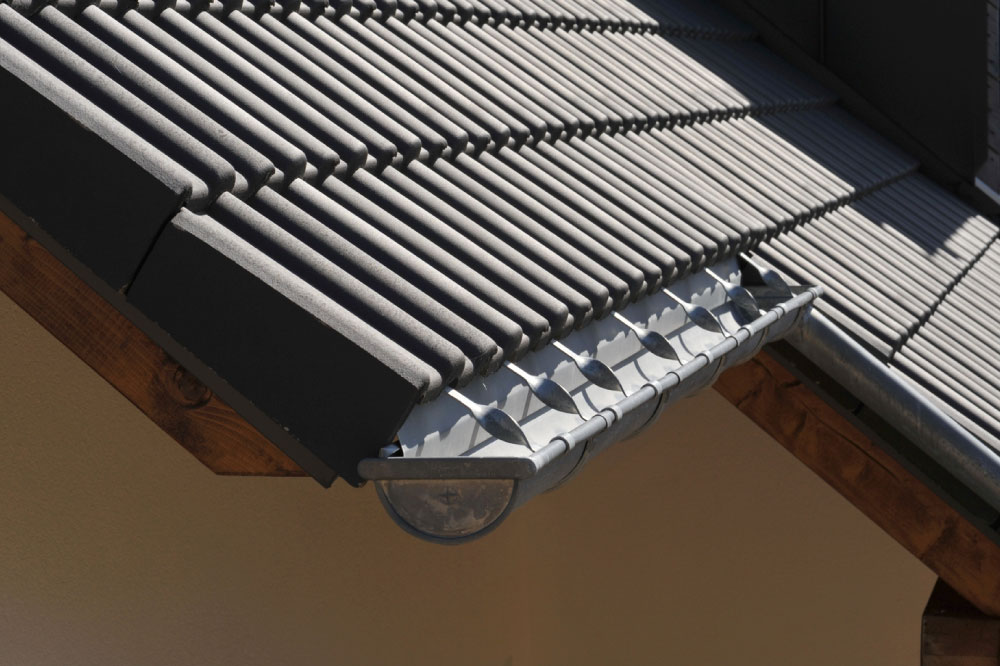
Understanding the Best Gutter Cover Types and How They Protect Your Home
Your roof acts as the frontline defense in protecting your home from various weather conditions, including heavy rains, snow, and debris. Properly functioning gutters are essential to channel water away from your foundation, preventing potential water damage, flooding, and structural issues. However, maintaining gutters can be a challenging and often messy task, requiring frequent cleaning to remove leaves, twigs, and other debris that accumulate over time. Many homeowners find this process labor-intensive and inconvenient, which frequently leads to opting for professional cleaning services that can be costly over the long term.
What are gutter guards, and how do they work?
Gutter guards are protective devices designed to sit on top of your gutters, acting as a barrier that prevents debris from entering while allowing water to flow freely. These devices significantly reduce the frequency and effort needed for gutter cleaning by minimizing clogging caused by leaves, dirt, and other debris. Properly installed gutter guards can save homeowners thousands of dollars in repairs by preventing water overflow, basement flooding, roof damage, and other related issues. Understanding how these guards function is crucial for choosing the right solution for your residential needs.
There are many types of gutter guards available in the market, each designed with different mechanisms to prevent debris entry while managing water flow efficiently. Knowing the pros and cons of each type can assist homeowners in selecting the most suitable option for their property, based on climate, roof type, budget, and maintenance preferences.
Leading Gutter Guard Options and Their Features
Reverse Curve Guards
These solid, convex covers are engineered to direct rainwater into the gutter while deflecting debris away. This design reduces the need for frequent cleaning and minimizes ladder work, making it ideal for those seeking low-maintenance solutions. Their durability and efficiency have made them a popular choice among homeowners looking to safeguard their gutters over the long term.
Mesh Screens
Mesh gutter guards are made of fine metal or plastic mesh layers that trap even tiny debris particles, such as pine needles and small twigs. They allow water to pass through while blocking debris. However, their effectiveness can vary depending on the mesh size. Fine meshes tend to clog more easily with fine debris, requiring occasional cleaning. Additionally, some meshes may cause water to splash off the surface, potentially reducing their efficiency especially in heavy rainfall.
Brush Guards
These are DIY-friendly options featuring stiff bristles that form a brush-like barrier inside the gutter. They trap debris before it can enter the gutter system, offering an affordable and straightforward solution. However, debris can often get lodged behind the bristles, making cleaning more complicated than anticipated. Over time, these guards may require replacement or additional cleaning to maintain optimal performance.
Foam Guards
Foam gutter guards are affordable inserts made from porous foam material designed to absorb water while blocking larger debris. They are easy to install and remove, making them appealing for do-it-yourself homeowners. Nonetheless, foam guards tend to deteriorate within approximately two years, especially when exposed to harsh weather conditions. They can also become stiff and clogged with debris, potentially leading to water overflow and increased maintenance efforts.
Perforated Metal Guards
Constructed from durable metal with multiple holes, these guards cover the entire gutter system to prevent large debris from entering while allowing water to flow through. They are robust and provide long-lasting protection, but small particles like dirt and sand can still pass through, requiring occasional professional cleaning to maintain efficiency. Their sturdy design helps reduce the frequency of gutter maintenance and prevents clogging issues.
Among these options, reverse curve guards tend to be the most preferred for their combination of durability, reliability, and minimal maintenance requirements. Installing the right gutter guard not only enhances your home's safety by preventing issues such as basement flooding, roof leaks, and water damage but also helps you save time and money on regular gutter cleaning. Choosing the best type depends on your specific household needs, climate conditions, and budget considerations. Ultimately, a well-chosen gutter guard system can be an investment in the longevity and safety of your home.
